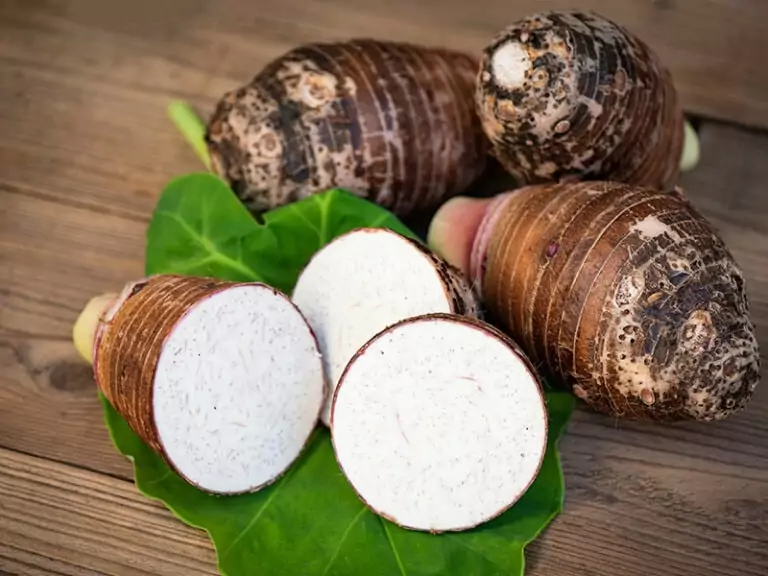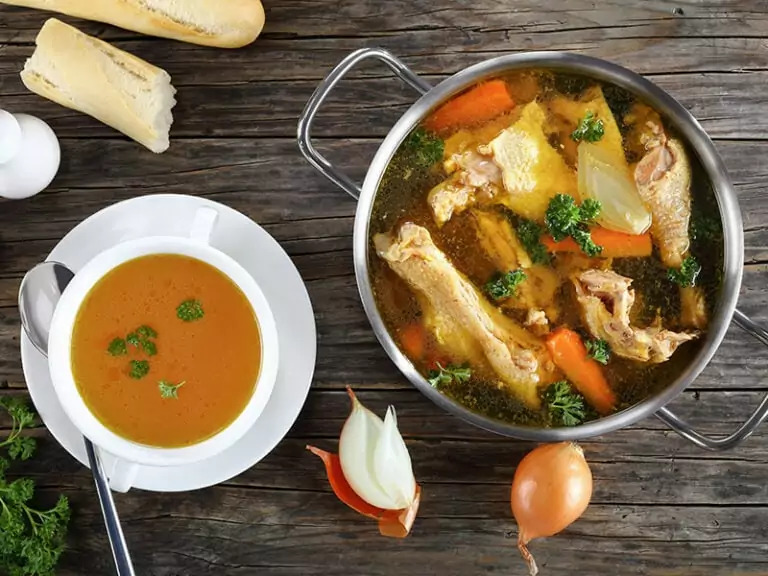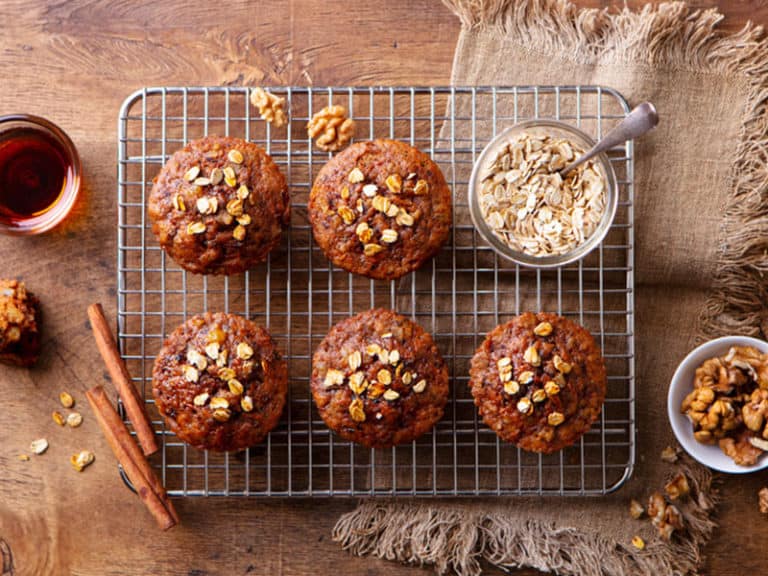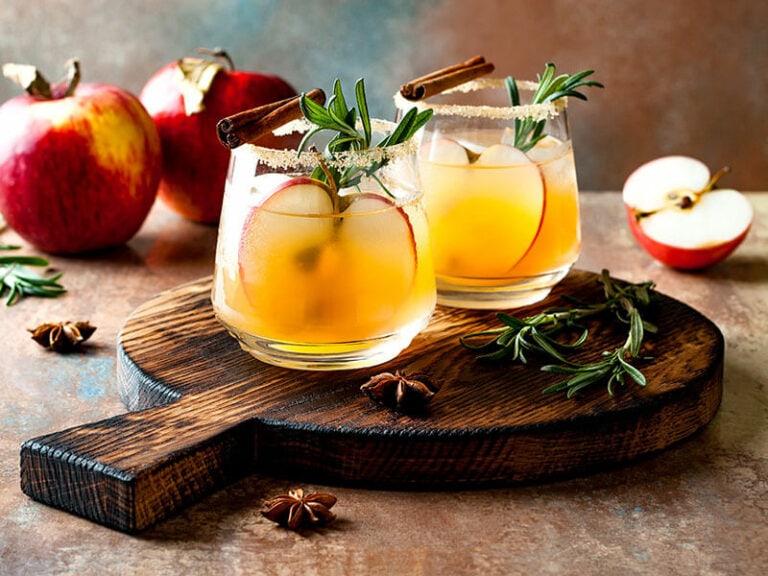Choosing between grill vs. blackened is sometimes tough if you don’t know these two cooking techniques well. Many think grilled and blackened meat have the same flavors, but it’s not always true.
Though the techniques feature many similar traits and the usage of high heat, the meat’s flavors and textures will vary based on the method you choose. In this post will discuss each option’s characteristics, pros, and setbacks to help you decide!
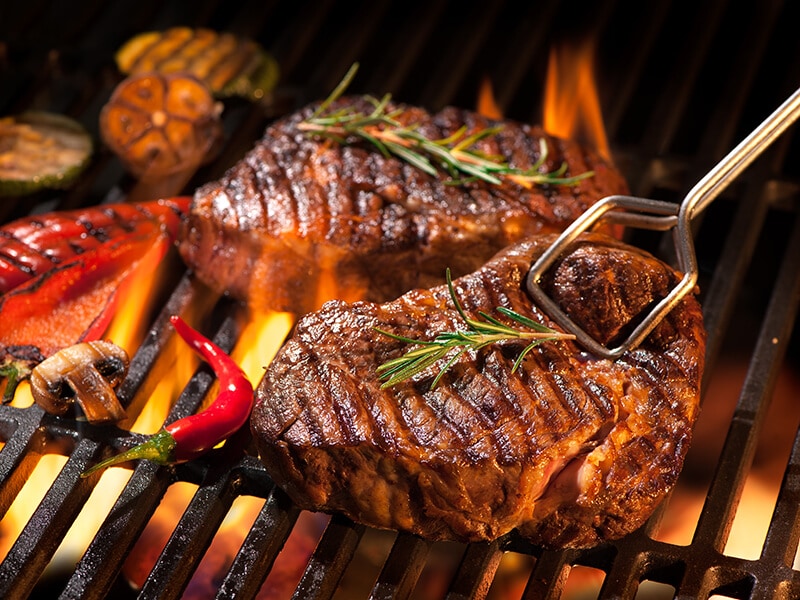
An Overview Of Blackening
Blackening is a popular cooking technique used for fish and many other foods, which is commonly associated with Cajun culinary culture.
Blackening became popular thanks to the celebrity chef Paul Prudhomme, who popularized his famous blackened redfish and cajun cuisine during the 1980s. Starting from redfish, people gradually use blackening techniques for steak, tofu, chicken, and other fish types.
In blackening, the ingredient is first dipped in melted butter and coated with a mix of spices and herbs, commonly chili pepper, thyme, oregano, garlic powder, peppercorn, and salt.
The seasoned food is then seared on a hot cast iron skillet, resulting in a signature brown-black crust of the charred spices and butter’s browned milk solid.
The Basics Of Grilling
Grilling is a traditional cooking technique that applies dry heat on the food surface from the side, below, or front. This technique typically involves hot, radiant, and direct heat to cook the ingredient quickly.
For this technique, you can use a traditional grill, a grill pan, or a cast-iron skillet. On the grill, the heat touches the food in a process called thermal radiation. Meanwhile, the heat transfers to the food on a grill pan or skillet through direct conduction.
Grilling is sometimes called broiling if the heat transfers to the ingredients from the above. The ideal temperature of direct grilling is 232°C to 343°C (450°F to 650°F), resulting in a beautiful roast flavor and aroma from the Maillard reaction.
The Mailard reaction happens when the food reaches 155°C (310°F) in temperature, a chemical reaction of reducing sugars and amino acids. Though grilling can drain the food juice and make it dry, it’s healthier than the other cooking techniques utilizing oil.
The Similar Traits Between Grilled And Blackened
Before discussing the differences between grilling and blackening, it would help to discover their similarities first. As you can guess, both methods utilize high heat for cooking the texture, sealing its juice, and adding more flavors to the meat.
Therefore, grilling and blackening help char the food and incorporate more taste, resulting in a burnt, delicious, and crispy texture. In addition, these two methods are applicable to a wide range of food besides meat, such as vegetables and fries.
Whichever option you choose, basic tools like hibachis, grilling stones, or cooking over wood are essential. In addition, you have to monitor the food’s temperature and cooking time carefully to avoid overcooking and ruining the dish’s flavors.
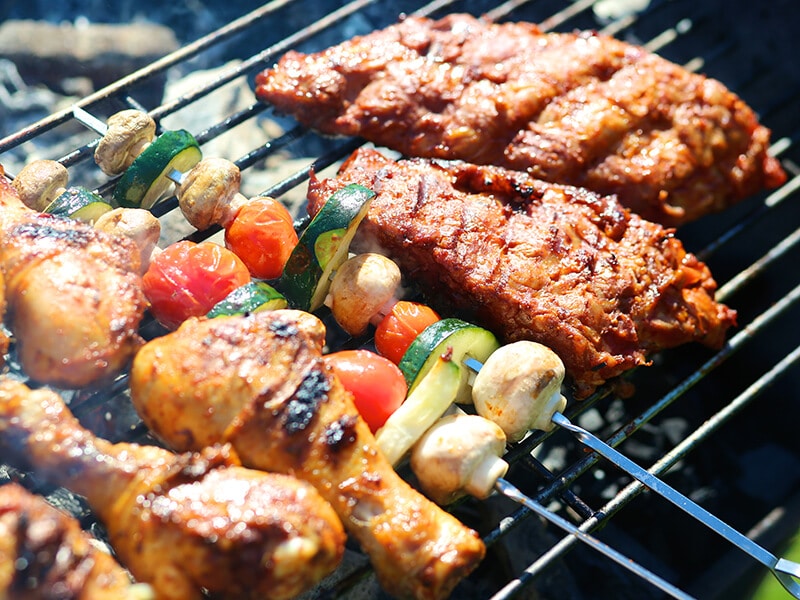
Grilled Vs. Blackened: A Full And Detailed Comparison
While grilling meat has been around for decades, the blackening method became popular in the 1980s as a new food preparation method. Nowadays, they are both favorite options for grilled food lovers around the world.
The core differences between these two techniques lie in using spices, which give the dish distinct and unique flavors. Before dwelling on the detailed differences, let’s check out this comparison summary table.
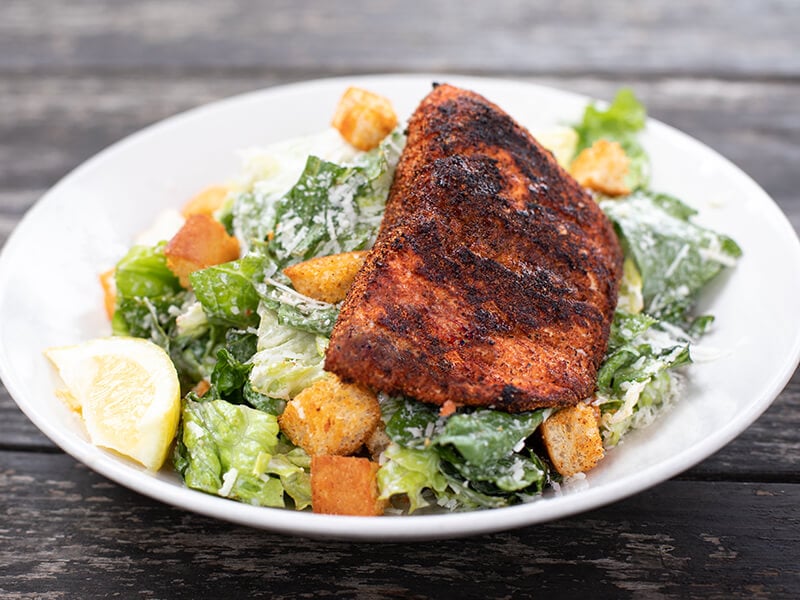
Techniques
The core differences between grilling and blackening lie in the cooking techniques. Blackening utilizes its unique blackened rub, a mixture of butter, herbs, and seasoning, to give the food a wilder taste.
Meanwhile, grilling doesn’t rely as much on spices but the cooking techniques. Besides the use of spices, the cooking time and temperature of each method also vary, leading to distinct textures and food flavors.
Blackening
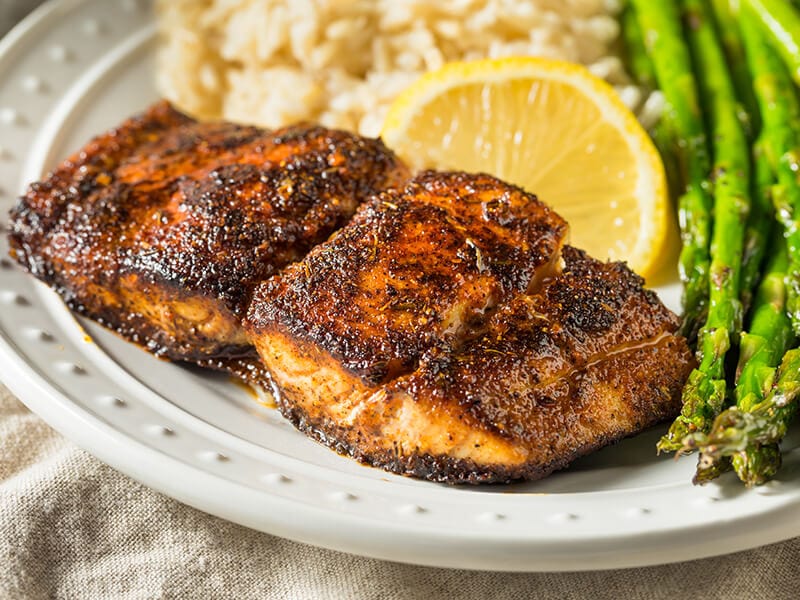
Chef Paul Prudhomme invented this cooking method in the 1980s to create a better taste for charred food. Before blackening, the food is rubbed with a blackening spice mix of herbs and seasoning materials.
Then, the meat is dipped in melted butter and cooked in a hot pan (500 to 600 °F). Since butter burns at much lower temperatures than cooking oil, it can sear the meat quickly and blacken the spice rubs covering its surface.
Seasoning and rubbing the ingredients beforehand is compulsory in blackening. You can freely customize the spice mix depending on your taste and cooking recipes. The typical herbs used for blackening are Cajun spice and cayenne pepper.
In addition, the meat should be prepared and cut around ½ or ¾ inch thick for blackening. Searing the food for one or two minutes per side is sufficient to prevent burning the dishes.
Grilling
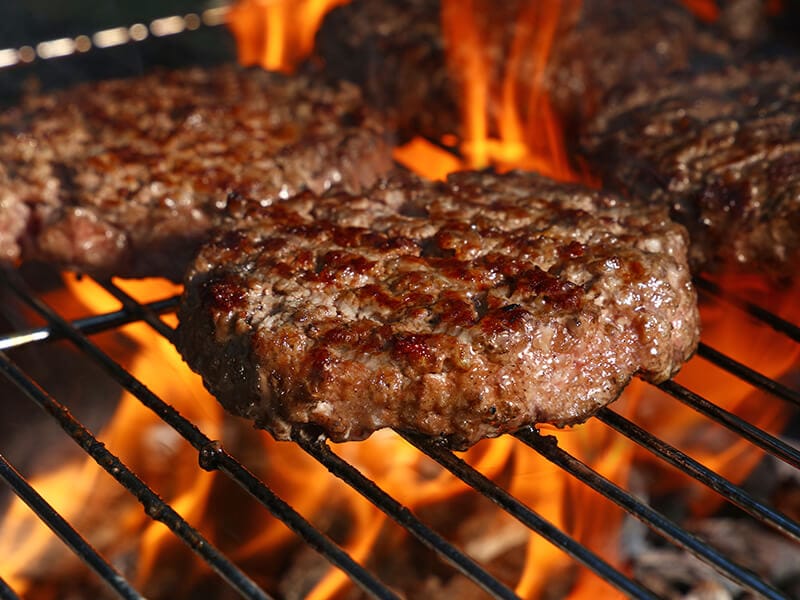
While you need to cut the meat thinly for blackening, grilling works with all ingredient sizes. Instead of coating the meat or veggies with spice and melted butter to create the blackened texture, you can brine, marinate, rub, or even grill the food naked.
The cooking time for grilled food is typically longer since it utilizes oil, which has a higher heat point than butter used in the blackening method. You can easily monitor the food’s doneness and internal temperature with a longer cooking time.
In addition, you can freely add your favorite flavorings like butter, spices, herbs, and seasoning rubs to the cooked dishes. The food taste depends largely on the smoking quality and cooking techniques rather than the seasoning rub.
This short instruction will help you capture the essence of the grilling technique.
Flavors
Since you can customize the seasoning rub for grilled and blackened meat, the flavors often vary significantly. However, the flavors of blackened food are typically more distinct and recognizable.
Blackening
Blackened food typically tastes spicy, charred, and earthy, plus an aromatic and buttery scent of melted butter and herbs. Its spiciness comes from cajun seasoning and cayenne pepper, which are prevalent ingredients of blackening spice rubs.
A blackening rub typically includes salt, pepper, onion powder, garlic powder, paprika, cayenne, oregano, thyme, and basil.
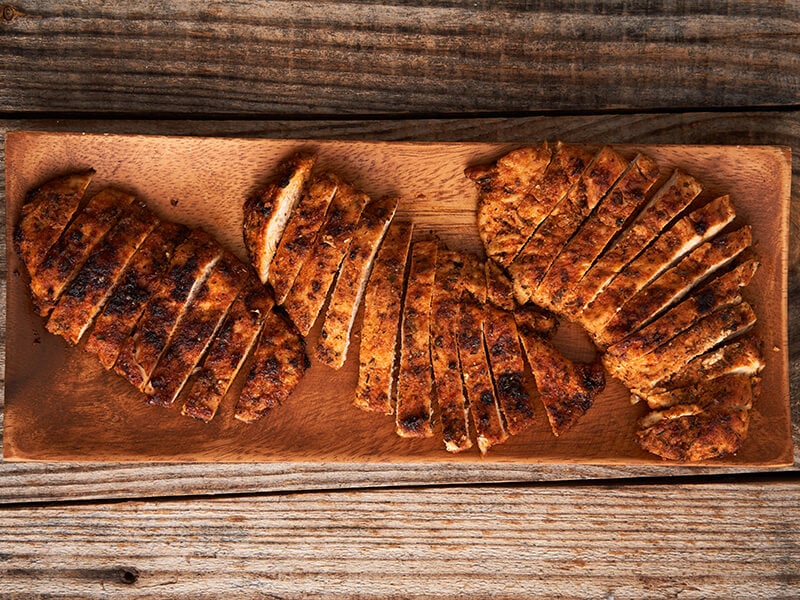
Grilling
The flavor of grilled food is highly customizable since you can choose and adjust the seasoning more easily. Rubbing the meat with herbs and butter brings an earthy and aromatic taste to the meat.
Some just season the food with simple salt and pepper to create a savory taste. You can also grill the food naked to enjoy its natural flavors with the dipping sauce for a satisfying taste.
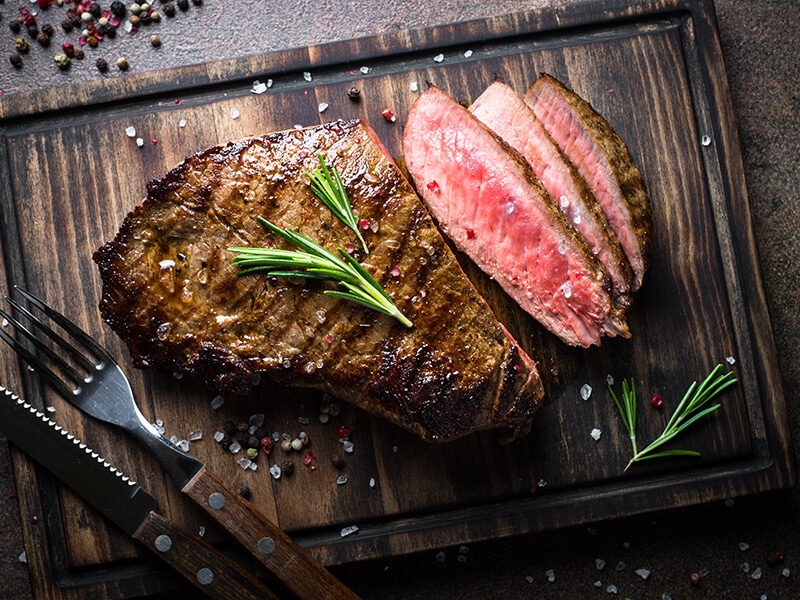
Texture And Appearance
The look and texture of food rely primarily on the cooking time and temperatures. Whether you rub the meat prior or not will significantly affect the appearance of the cooked dishes.
Blackening
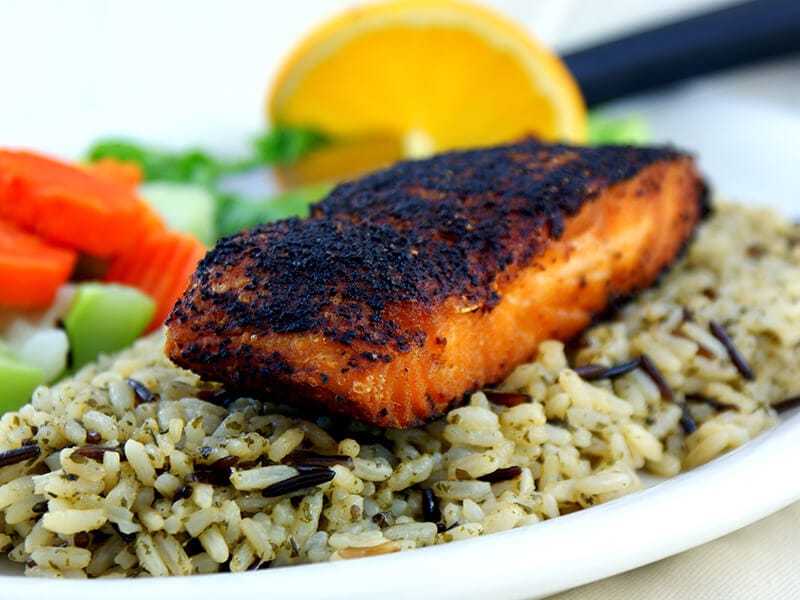
While both grilled and blackened food features a well-done and seared texture, the black spots are more visible on blackened dishes’ surfaces. Since the meat is cooked with melted butter, it will develop a black or deep brown crust on the outer surface.
This dark-colored and burnt crust comes from the burned spices you apply to the ingredients before blackening. With a shorter cooking time and higher heat, you must carefully monitor the meat’s texture since its blackened texture may look deceiving.
Improper blackening techniques can make the food black on the outside while the inner is not fully cooked through. That’s why you need to cut the meat in thin slices to monitor its doneness better.
Uncover the technique to recreate blackened fish at home.
Grilling
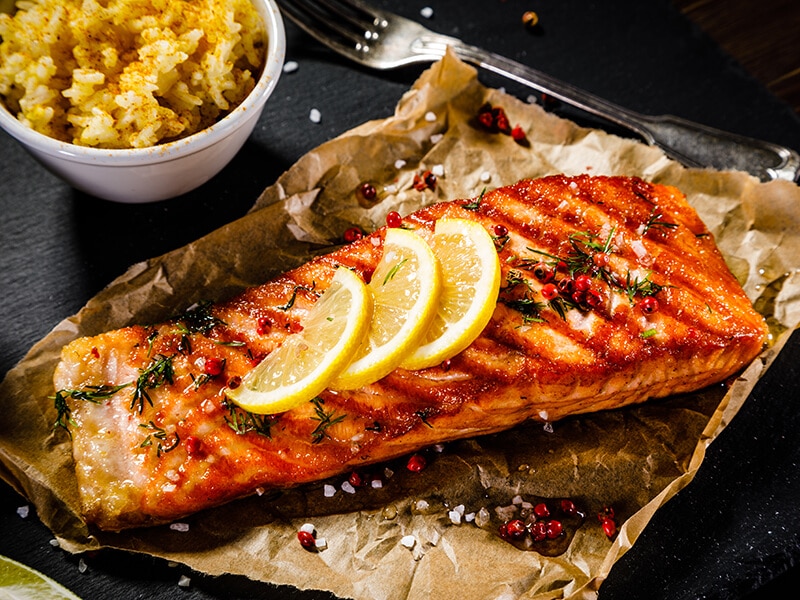
If you grill the meat naked using only smoke and dry heat, it won’t possess a charred appearance as blackened meat. The dishes feature a juicy and milder color on the outside rather than the dark-colored crust of blackened food.
In addition, the grilled meat’s outer texture is typically more tender and less crispy than the blackened food since you don’t have to rub as much spice. Meanwhile, the burnt spices will make the meat drier and tougher outside.
The Types Of Ingredients
As mentioned above, grilling is a more versatile cooking method as it works well with various ingredients. From seafood, pork, chicken, fish, beef, and other meat types to fries and vegetables, grilling can cook and greatly enhance their flavors.
Meanwhile, most blackening recipes are associated with Cajun culinary culture (1). This method is commonly used for cooking fish like salmon, catfish, or tuna, but it’s also applicable for chicken and red meat.
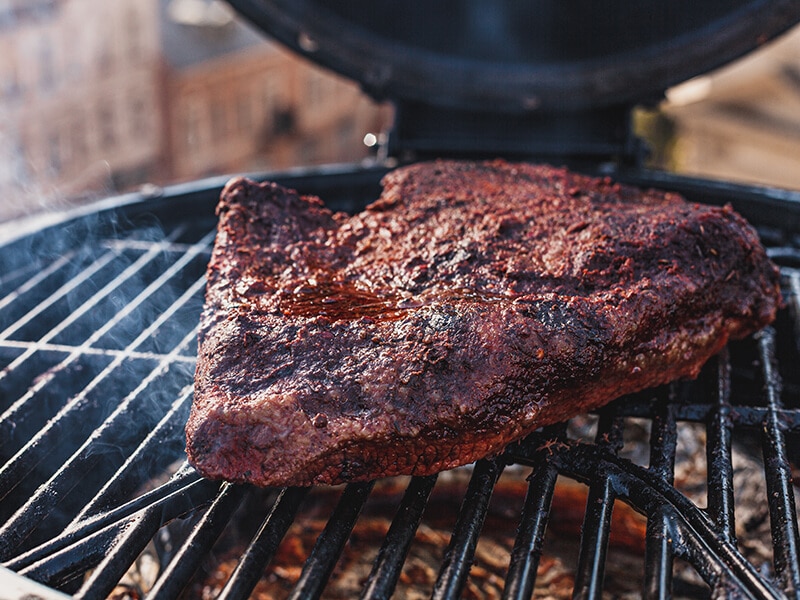
Health Effects
Many people hesitate to try blackening as they think the dark-colored and charred crust of food is unhealthy. There are also numerous health debates and research into the effects of grilled and blackened food that you should consider.
In general, both grilling and blackening result in a burnt and charred food texture, which is unhealthy for your health. The risks also come from the cooking methods of these two options: cooking on grills using smoke and dry heat.
When you grill or blacken the meat using charcoal, it will develop a chemical called heterocyclic amines (HCAs) in burned pieces. This chemical is generated from the chemical reactions of amino acids in protein-rich ingredients when contacting high heat. (2)
HCAs contribute mildly to the increased risks of the pancreas, digestive tract, and colon cancers. Meanwhile, the fat and juice of the cooked meat dipping into the charcoal cause flare-up effects.
This chemical reaction can generate PAHs (polycyclic aromatic hydrocarbons), which will be transferred from the smoke to the meat’s surface. PAHs also increase the risk of stomach cancer and other fatal diseases.
Therefore, the longer you cook the meat, the less healthy it becomes due to the higher amounts of PAHS and HCAs generated. For these reasons, grilled and blackened dishes are unhealthy for regular consumption.
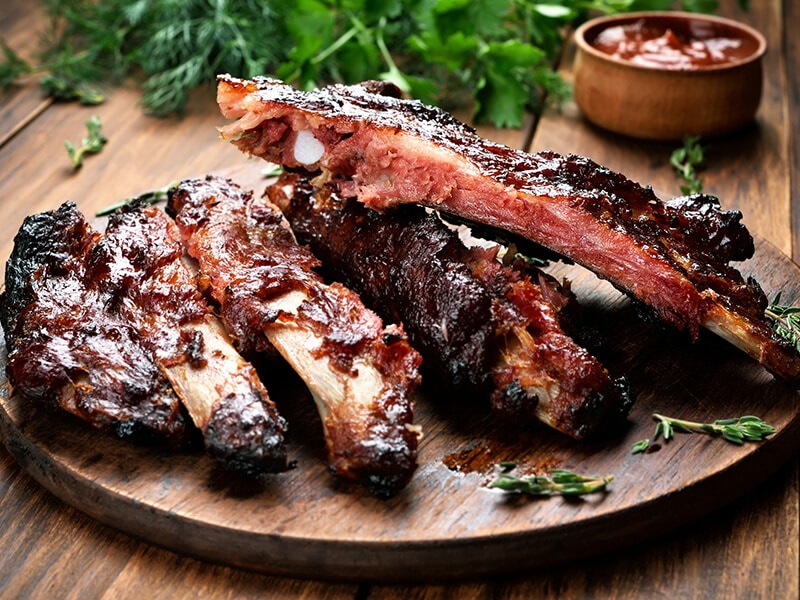
A Guide To Blackened Seasoning Mix
Before dwelling into the components, it would help to discover the flavor profile of the blackened seasoning mix first. A typical blackened seasoning rub brings a smoky, heated flavor with an herbaceous undertone.
Therefore, herbs, spices, and chili are indispensable ingredients in the blackened seasoning mix. In addition, the mix should combine the components like salt, pepper, garlic, and onion powder.
Meanwhile, you should utilize the freshest and easy-to-find herbs and spices like paprika, thyme, basil, cayenne, and oregano to achieve the best flavors. Your mix must feature a balanced taste between the spices and herbs flavors.
If you use too much chili, your blackened mix will taste bitter and unpleasant. Therefore, you should experiment with different ratios before choosing your favorite seasoning mix recipe.
The spice mix works with any type of meat, from chicken, beef, pork, and poultry to bison and venison. Vegetarians can consider using it with tofu or vegetables. To store the spice mix, put it in an airtight container and pressure it in cool, dry places.
Check out these great tips first before making your blackened seasoning mix!
How To Grill Your Meat Right
Grilling meat is a basic and easy cooking skill, but not everyone can do it right. You must prepare the meat and check the time carefully to achieve the best results. Here are the steps for grilling meat.
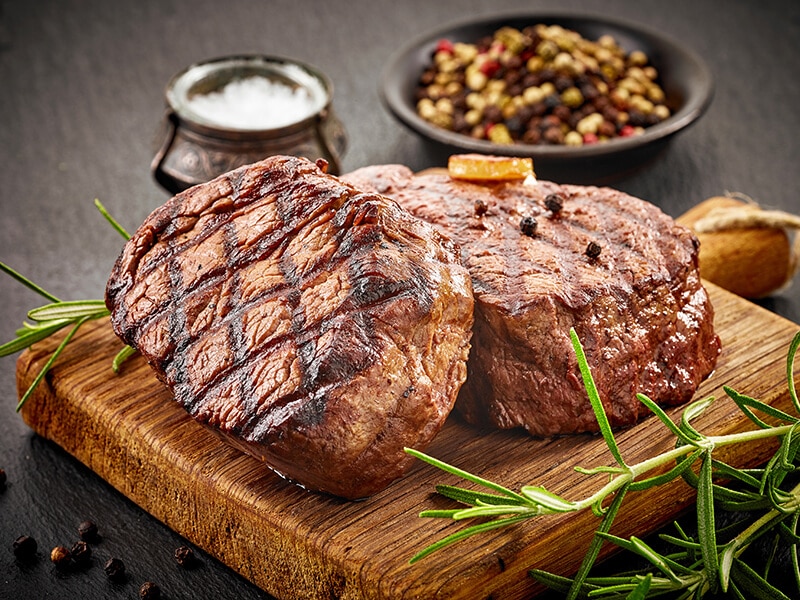
Step 1: Pat And Dry The Meat
Before seasoning and grilling the meat, you need to clean it thoroughly to remove the dirt and bacteria on the surface. Then, use a clean cooking towel or paper towels to pat the meat dry and eliminate the excess moisture.
Step 2: Season Your Meat
You can rub the meat with your favorite herbs and seasoning mixtures or leave it naked for grilling. I normally go with the classic salt and pepper duo to enjoy the simple and satisfying beefy flavor.
Step 3: Grill The Meat
After placing the meat on the grill or charcoal, it’s tempting to touch or flip the meat quickly. However, you should leave it on the grill for the heat to penetrate through and for the color to turn brown before flipping. It will prevent the meat from tearing.
The grilling time should range between 4 to 5 minutes on the first side and 3 to 5 minutes on the second side for medium-rare doneness. If you prefer medium or well-done meat, increase the time to 7 or 10 minutes per side.
Step 4: Allow Resting Time And Serve
Allow at least ten minutes for the meat to rest after taking it off the grill. This short time allows the remaining heat to penetrate through the texture, while the juice can distribute evenly and enhance the meat’s flavors.
You can notice the parallel lines of fiber grains on their cooked surface for large grilled cuts. Slice perpendicularly to those lines to cut the meat fibers and make them more tender to chew.
Check out these helpful tips to make the most delicious grilled meat at home!
An Instruction To Blackening Meat
Blackening meat requires a bit more attention and experience to avoid overcooking the meat’s texture and ruining its flavors. You also have to pick suitable spice rubs to create a satisfying and authentic taste. Follow the steps below to learn more!
Step 1: Prepare The Meat
If you store the meat in the fridge, defrost it overnight and clean it with cold water. Then, dry the meat with clean paper towels and prepare the spice mix.
Step 2: Mix The Spices And Season
You can mix Cajun seasoning with salt, pepper, and your favorite seasoning materials in suitable quantities to rub the meat. Whisk together all the spices and herbs in a bowl and rub the mixture evenly on the meat’s surface.
Cajun seasoning typically includes various spices and herbs in its components. If you don’t have this ingredient, mix salt and pepper with fresh herbs and spices like oregano, basil, thyme, paprika, and cayenne.
Step 3: Prepare The Skillet
Heat up the grill and put on a cast iron skillet. Let it heat up for around 20 minutes. During this time, gather the cooking tools like plates, tongs, and your seasoned steak during this time.
Step 4: Blackening The Meat
Put one tablespoon of butter on the hot skillet and wait for it to melt. Then, gently drop the steak into the melted butter. Don’t panic if the butter catches fire because it’s a normal phenomenon in this technique.
Cook one side of the steak for four minutes (well-done texture) before flipping and cook the other for another three minutes on the hot pan. When the steak has reached your desired doneness, let it rest on the cool side of your grill.
Step 5: Allow Resting Time And Serve
Take the steak off the cast iron skillet when it develops a blackened surface and set it on a clean plate. Allow the steak to rest for 10 minutes before slicing and serving with your favorite BBQ sauce.
This is the only instruction you need for blackening steak!
FAQs
If you still have unanswered questions about grilling and blackening techniques, check out the helpful information below.
Grilled Vs. Blackened: Which Is The Best Method?
So, which is better, grilled or blackened? I hope the information this post provides can help you decide on your favorite choice.
In summary, blackening always incorporates spices and seasoning materials on the meat’s surface, giving it a charred, dry, and crispy outer texture with more complex and intense flavors.
Meanwhile, the main purpose of grilling is to enhance the meat’s flavors using dry heat and smoke. Though all two methods bring satisfying taste and texture, it’s healthy to avoid consuming blackened and grilled food regularly. Thanks for reading!
References
- En.wikipedia.org. 2022. Blackening (Cooking).
- Birmingham.ac.uk. 2022. Does Burnt Food Give You Cancer?

